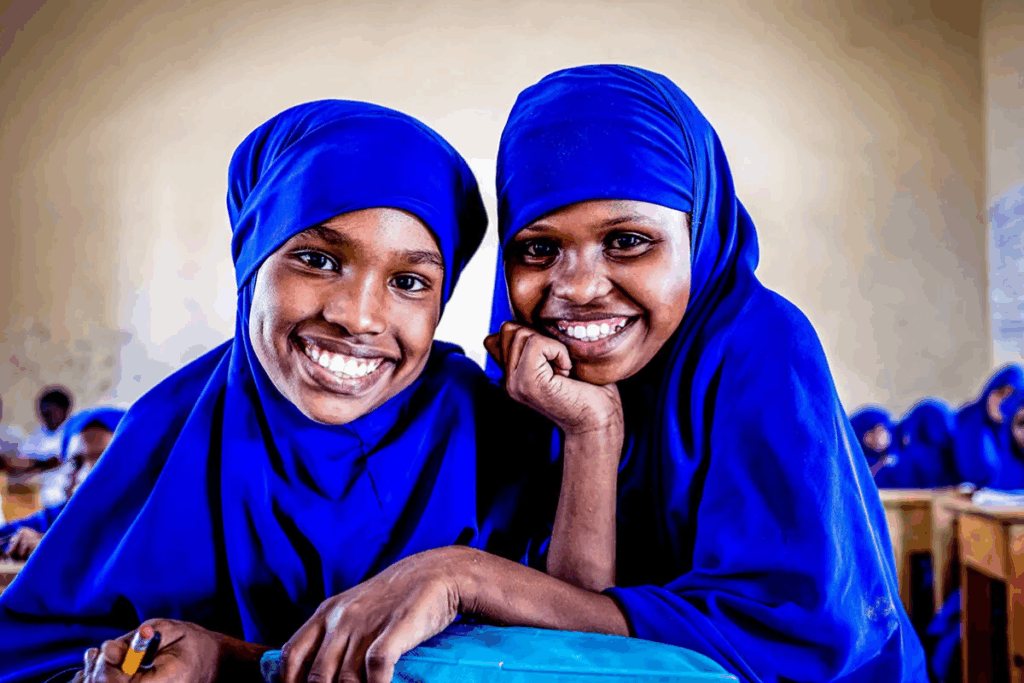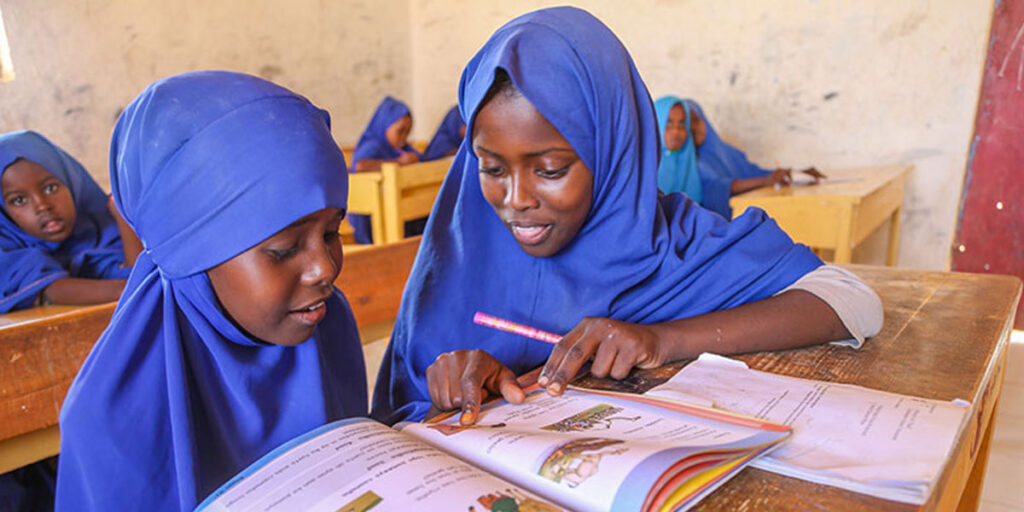Education in Somalia is shaped by Islamic and secular systems, often blending the two in some ways. The education systems of Somalia has experienced more various stages in different times that shaped the existing one and produced more different products in the society as a large.
ISLAMIC EDUCATION IN SOMALIA
The Islamic education system of Somalia is the oldest and most influential one of the learning structures which consolidated the culture and the governance in daily lives of Somali people. This shows how deep importance it is in terms of shaping the daily aspects of life politically, culturally and socially. Islamic education in Somalia is central to Somali identity, nearly all Somali people are Muslims, mostly Sunni and following Shafi’I school.
However, the Islamic religion unites the Somali people across clans, social classes and regions, serving as an element of national unity. Surely in Somalia, it is the Islamic education which provides moral values and laws guiding personal behaviour and family relations and community interactions, apart from that there are Islamic ethics such as justice and honest that influence the daily decisions and social conduct.
Probably the Islamic education has been a foundation of learning in Somalia, traditionally the children begin education dugsi (Quranic school) where they learn and memorize Quran. Historically the Ulama (Islamic scholars) have been community leaders and respected educators.
Community support and Zakat are core practices in Somali Society, helping the poor. Islamic organizations probably play key roles in education, humanitarian aid and health. The Islamic education in Somalia influences the dress, diet, marriage, celebrations and festivals like Eid and Ramadan. On the other hand, Somali poetry, art, and traditions often reflect Islamic themes and expressions.
SECULAR EDUCATION IN SOMALIA
Secular education in Somalia refers to learning that is not based on religion, focusing on subjects like Science, Mathematics, Languages and Social Studies. It plays an important role alongside Islamic education in developing the country’s human resources and modern knowledge base.
Probably it educates the citizens to contribute to the economic growth and good governance. Secular education helps the students to develop critical thinking, problem-solving, communication and technical skills needed in today’s world. These skills make the young people more employable at local, regional and international level.
Surely schools bring together the children from different clans and regions, promoting national unity, tolerance and cooperation. Secular education teaches civic values, human rights and peaceful conflict resolution. With secular education, people can get better jobs, start businesses and improve their living standards. It empowers the communities and helps them break the cycle of poverty.
Educated citizens are more likely to understand laws, rights and responsibilities, which strengthens democracy and leadership. It helps to build strong institutions and informed society. Secular education gives both boys and girls equal opportunities to learn and succeed. Educated women can participate more in decision-making and contribute to family and national development.

THE CURRENT SITUATION OF EDUCATION IN SOMALIA
In Somalia, right now the country is struggling to stand on feet firmly, since Al Shabaab still operates in some parts of the country while in they commit attacks in big cities. This means that more children are still missing the secular education.
Drought and climate change deteriorate the economic pressures, families pull the children from school to help with income or survival tasks. Beside that due to financial problems… some families don’t afford to the school fees that leads the students to drop out of school.
Many schools lack the basic facilities like clean water, sanitation, adequate classromms, teaching materials as UNICES suggested. Short of trained teachers, especially female teachers exist as United Nations in Somalia suggested. Beside that, there are overcrowded classrooms in the public schools.


